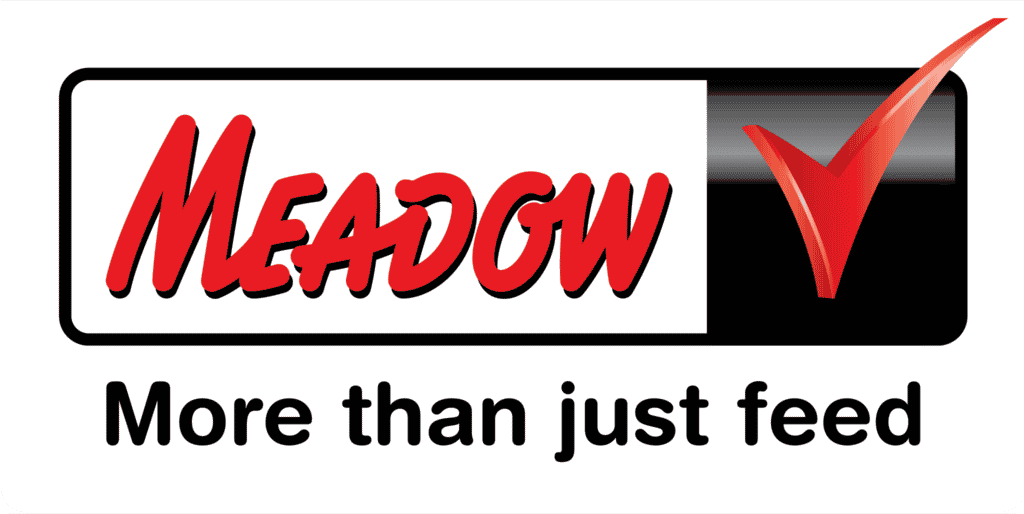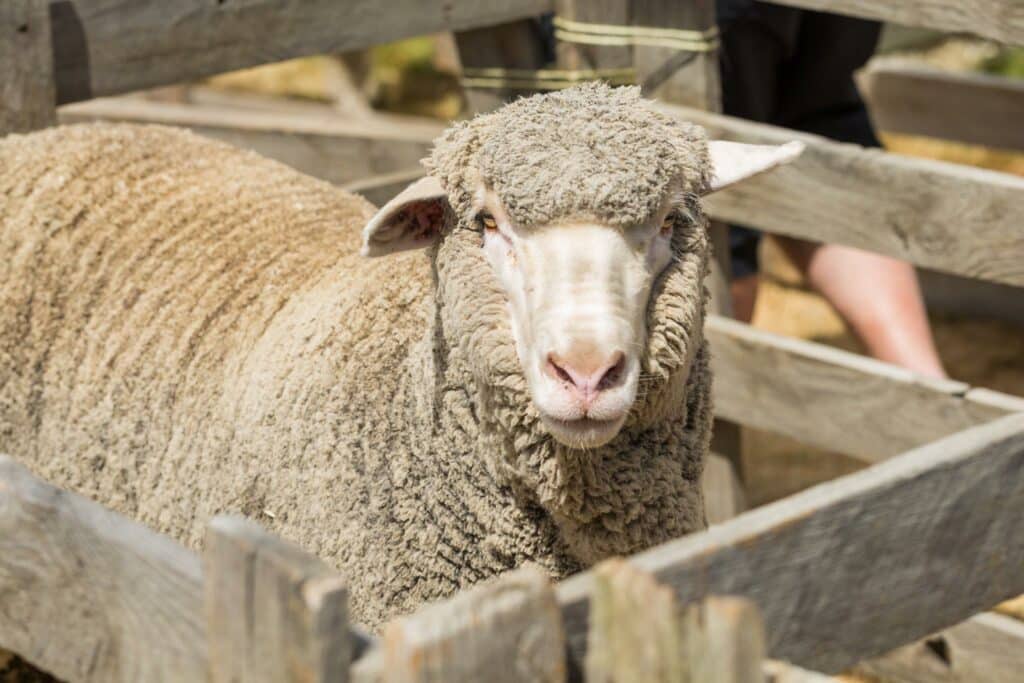A great deal of information has been shared in the popular press about the impact of nutrition on ovulation rates, conception rates, birth weights, and survival rates of young lambs. However, for dual-purpose breeds like the merino, Dohne Merino, and SA Mutton Merino, wool income typically represents between 15–25% of total turnover. The contribution of wool to total farm profitability cannot be ignored and justifies revisiting opportunities to improve wool production.
Wool fibres are produced by primary or secondary follicles in the skin that develop before birth. It is well established that no follicle development takes place after birth. Primary follicle density reaches a maximum at about 85 days of gestation, while secondary follicle density reaches its peak at approximately 125 days of gestation. The nutrition of the ewe during pregnancy is clearly very important to ensure sufficient nutrients are available to the developing foetus for maximum follicle density in the unborn lamb in order to achieve optimum lifetime wool production potential.
Research corroborates the influence of maternal nutrition on the wool production potential of their offspring and clearly illustrates that both fleece weight and fibre diameter are significantly affected by the nutritional status of the dam during pregnancy. In an Australian study, the progeny of ewes that lost 10 kg live weight from joining to 100 days pregnant produced 0,2 kg less wool for every shearing until 51 months of age. Another study reports that lambs born to ewes that lost weight during pregnancy produced 0,14 kg less clean wool with 0,1 µm higher fibre diameter than their peers from mothers that did not lose weight.
Regardless of whether it is caused by poor ewe nutrition or increased litter size, lower birth weights are associated with lower clean fleece weights and increased fibre diameter. Twins tend to produce lighter clean fleeces of higher fibre diameters than singles. Farm profits can be improved when ewes are scanned for multiples and these ewes are strategically fed to achieve better condition during pregnancy and lactation than singles.
Milk production and, thus, ewe nutrition during lactation is equally important, as this is directly correlated to the feeding status of the young, growing lamb. Higher growth rates shortly after birth are correlated to higher fleece weights at first shearing. In particular, in the case of weaker lambs with low birth weights and lower growth rates, certain follicles do not start producing fibres for a couple of weeks after birth. This explains the reported lower wool production of multiples versus singles and justifies better care for multiple ewes.
The impact of nutritional challenges during pregnancy is associated with changes in follicle density in the skin of the foetus, as well as the ratio of secondary to primary follicles. Poor nutrition during early- and mid-lactation will limit the development of primary follicles, while nutritional challenges in late gestation will decrease the density of secondary follicles. For both scenarios, clean fleece weight is likely to be reduced, but keep in mind that secondary follicles produce fibres of lower diameter. Lambs born to ewes that are subjected to nutritional challenges during late gestation are likely to produce lower fleece weights of higher fibre diameter.
The nutritional status of the pregnant ewe not only affects her own wool production but clearly also the quantity and quality of wool produced by her offspring. Progeny from ewes that experienced more severe nutritional limitations during gestation and lactation produced on average 1,1 kg less clean wool of 0,2 µm higher in diameter than lambs born to ewes that experienced less nutritional stress.
Conclusion
Maternal nutritional status during gestation has a significant impact on the fibre diameter of the unborn lamb, while both pre-and postnatal nutrition of the young lamb markedly influences the clean fleece weight of the progeny. Nutritional programmes should, therefore, not only focus on foetal development during the last trimester in order to achieve ideal birth weights and optimal lamb survival, but also ensure sufficient nutrients during the total gestation period to achieve optimum wool production potential of the unborn lamb. There is no doubt that improving the nutritional status of ewes during pregnancy and lactation will permanently improve both the clean fleece weight and wool quality of their progeny.
Meadow Feeds
More than just feed



